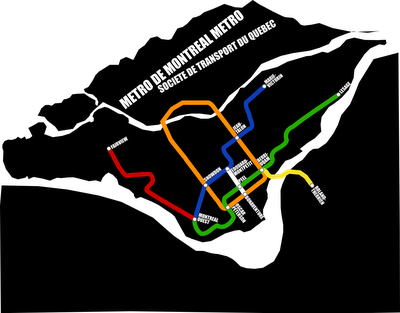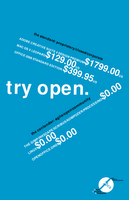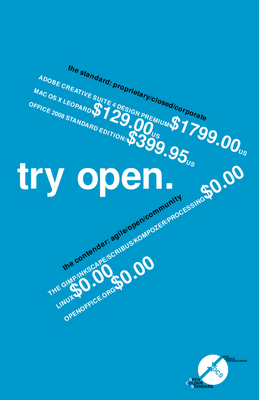Without a metro pass, I'd have serious trouble getting around. At the same time, I value my privacy. Starting June 1st, the Societe de Transport de Montreal is going to make me choose. That's the day the entire system rolls over to the
OPUS card, an
RFID based smart card. For months, I've been trying to figure out how I'm going to get where I need to go while protecting my own privacy. I think I've finally got the answer.
If I were to buy an OPUS card using my credit or debit card, it's very likely that the STM would link that information to my ride history. If I were to insure my card against theft or loss, the STM would then be able to associate my name and other personal information with my ride history. Simple solution to the problem of having my identity associated with my ride history: pay with cash and don't take the STM up on their replacement guarantee.
There's another problem, though. Even if they don't know my name, I'm still carrying around a remotely readable card that links me to my ride history and gives information on where I go at what times. Being the obstinant type, I'm willing to go to some lengths to make sure that my OPUS card doesn't actually paint a clear picture of what I do. So, what's the best way to obfuscate ride history? I've decided to take steps to make my ride history as outlandish as possible. Over the next few months, I plan to go to as many different metro stations as possible, frequently. I plan to rack up as many trips to as many odd places as I reasonably can. Not only will it let me see bits of the city I don't normally get to but also, if they do wind up checking out my ride history, it'll give them something interesting to read.
Labels: montreal, problems, reasonably clever ideas, solutions, stupid-smart, transit, trouble, urbanism


